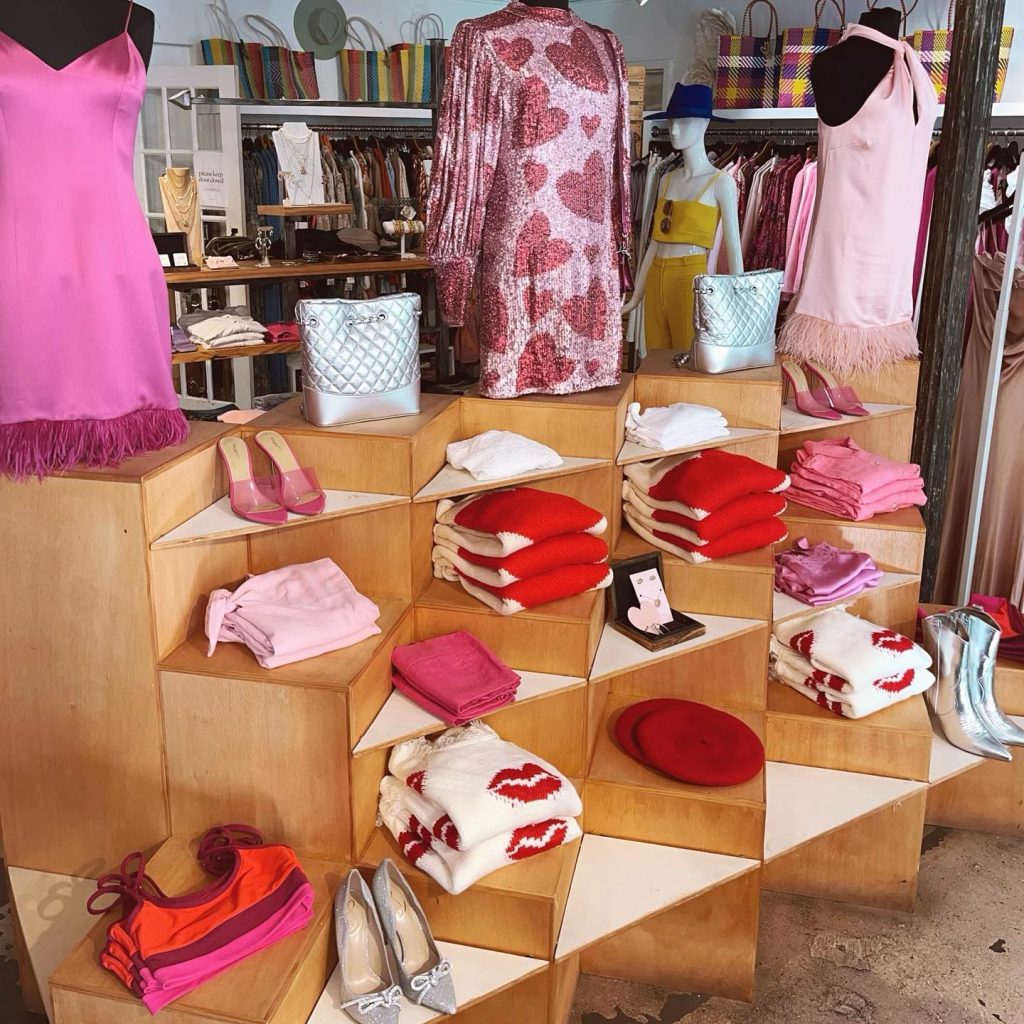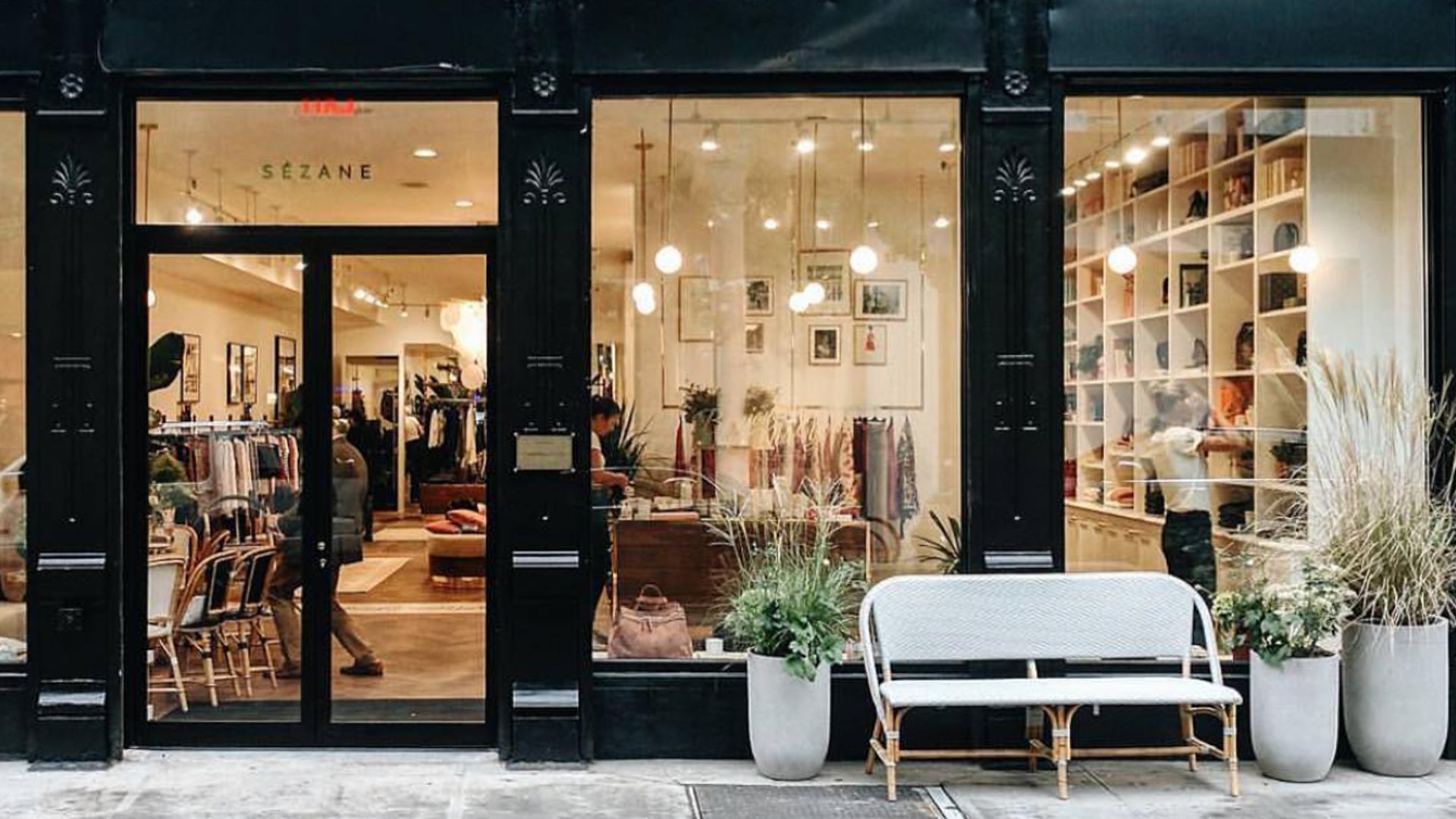A Beginner's Overview to Navigating the Boutique Fashion Scene
Discovering the Evolution and Effect of Clothing on Modern Style Trends
The advancement of clothing has considerably affected contemporary fashion trends, combining historical criteria with advanced innovations. Renowned figures like Coco Chanel and Yves Saint Laurent transformed the style industry by introducing ideas that focus on convenience and ease of access, which continue to resonate today.
Historic Fashion Influencers
In the tapestry of style background, certain numbers have left an enduring mark, shaping the trends and styles that specify whole eras. Coco Chanel, an advanced developer, redefined women's fashion by introducing comfy, stylish apparel that left from limiting corsets.
Elsa Schiaparelli is one more crucial figure, renowned for her avant-garde styles that integrated surrealist art, teaming up with Salvador Dalí to produce wayward items that challenged conventional appearances. Her cutting-edge use shade and vibrant patterns reverberates in contemporary style. Yves Saint Laurent, on the other hand, democratized high style with prêt-à-porter collections, bringing path designs to the masses and setting a precedent for modern ready-to-wear lines.
These enthusiasts, to name a few, not only revolutionized fashion in their times however additionally established enduring fads that resonate in today's fashion business, offering a structure upon which modern designers continue to build and introduce. Their legacies underscore the significance of creativity and daring in vogue's ever-evolving narrative.
Technical Developments in vogue
Among the vibrant landscape of the fashion business, technical innovations stand at the leading edge of technology, improving exactly how designers create and customers involve with style. The assimilation of 3D printing has transformed style procedures, making it possible for designers to try out intricate frameworks and sustainable materials that were previously impossible. This modern technology assists in quick prototyping, minimizing waste and speeding up production times.

Smart textiles, embedding technology into fabrics, are likewise transforming the sector. Technologies like self-cleaning and temperature-regulating textiles provide enhanced performance and comfort. Wearable technology, incorporating functions like fitness monitoring and communication, includes a brand-new dimension to fashion, combining visual appeals with usefulness.
Social Shifts and Style
As technological innovations remain to reshape the garment industry, social changes are equally significant, redefining style and customer choices. In recent times, the rise of social media platforms has actually increased the dissemination of international fashion fads, permitting diverse cultural impacts to merge and exist side-by-side. This digital interconnectivity has actually facilitated the fast exchange of ideas, causing a much more eclectic and inclusive interpretation of style that mirrors the multifaceted nature of modern-day society.
Social understanding and appreciation have actually triggered developers to attract motivation from a more comprehensive range of historical and ethnic contexts, integrating conventional concepts with modern looks. This fusion has actually resulted in style that reverberates with a bigger audience, advertising a feeling of identification and belonging across various demographics. Additionally, the raising need for personalization has driven brand names to offer adjustable options, enabling consumers to share originality while showing their cultural heritage.
Furthermore, changing societal worths have actually affected fashion, with inclusivity and diversity coming to be central themes. The industry has actually started to welcome designs and influencers of different type of body, ethnic backgrounds, and gender identities, difficult standard beauty criteria. This transformation highlights the power of cultural shifts fit the future of fashion, as design becomes a more genuine expression try this of individual and collective identification.
Sustainability and Modern Layout
While the style sector proceeds to advance, the necessary for sustainability has come to be progressively immediate, affecting modern-day style techniques. This shift intends to deal with moral factors to consider and environmental problems, resulting in a reevaluation of standard production methods. Designers are now incorporating lasting materials, such as natural cotton, recycled polyester, and naturally degradable fabrics, right into their collections, reducing the eco-friendly impact of fashion. The increase of slow fashion, which emphasizes high quality over amount, urges consumers to buy ageless pieces instead of short-term patterns.
Moreover, modern design is identified by its innovation in decreasing waste and advertising circularity. This method not just reduces environmental impact but likewise improves the social responsibility of style houses.

Future Trends in vogue

Sustainability will continue to be a driving force in forming future style fads. The industry is significantly taking on environmentally friendly materials and moral production methods, reacting to a growing customer need for liable techniques. Developments such as bio-fabricated products and closed-loop recycling systems are readied to redefine how clothes is created and consumed, minimizing ecological effect while maintaining style and high quality.
Cultural changes, including the rise of inclusivity and diversity, will certainly likewise play a crucial role. As culture comes to be more knowledgeable about social concerns, style is anticipated to come to be a system for expression and change. Designers will likely focus on producing collections that show a broader range of experiences and identifications, promoting depiction and ease of access.
Final Thought
The development of garments dramatically impacts modern-day fashion patterns, where historical influences combine with contemporary layouts. Key figures like Coco Chanel and Yves Saint Laurent have redefined style, while technical innovations such as 3D printing and smart fabrics broaden creative opportunities. Cultural changes towards inclusivity and sustainability compel brands to embrace and take on moral methods diversity. This ongoing evolution underscores style's duty as a mirror to societal values and technical innovation, suggesting a future rich with innovation and inclusivity.
The advancement of apparel has actually significantly affected modern fashion trends, combining historic criteria with cutting-edge technologies.In the middle of the dynamic click this site landscape of the style sector, technical innovations stand at the forefront of development, reshaping exactly how designers produce and consumers involve with fashion.While the style market continues to advance, the necessary for sustainability has become progressively urgent, affecting contemporary layout practices. As sustainability comes to be embedded in modern-day style, it leads the means for a more aware and responsible style market.
The development of apparel considerably influences modern-day style trends, where historic influences combine with modern styles.